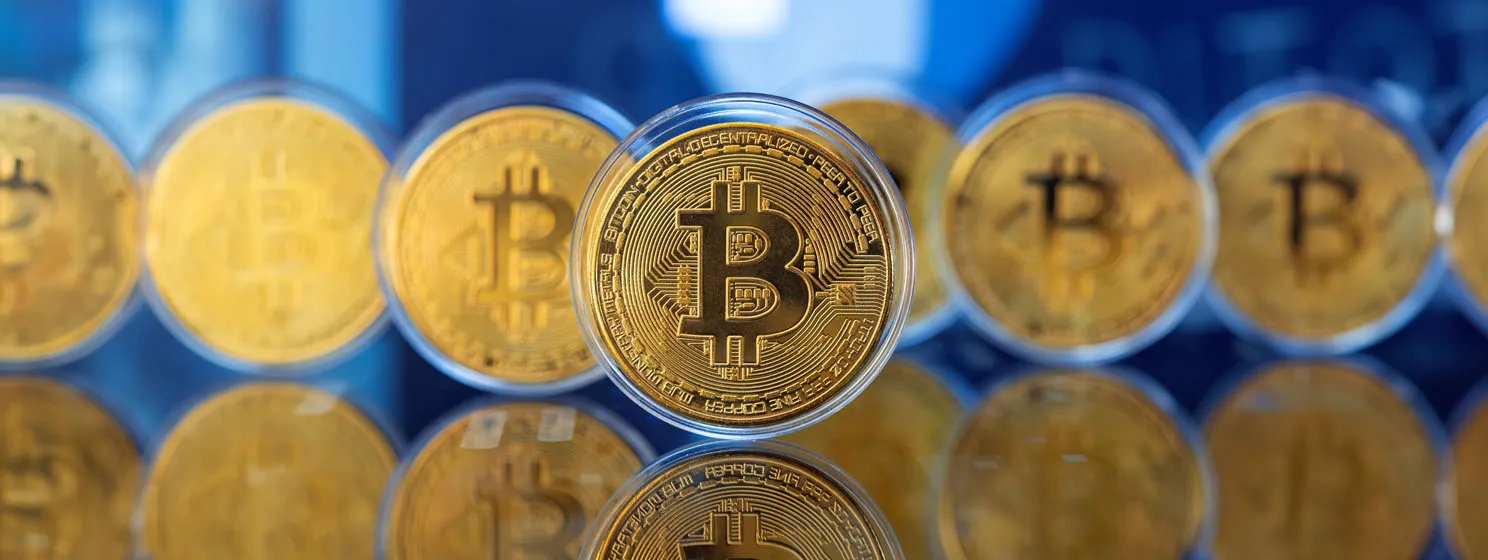|
Getting your Trinity Audio player ready...
|
Brandon Bryant, a software developer at HandCash, joined Patrick Thompson in this installment of More Than Money, where the two discussed topics including micropayments, Bitcoin adoption, BSV price, and games.
What makes blockchain valuable?
“I’ve been interested in Bitcoin since 2016 and I based my entire career in this space straight out of college. I’ve also been an investor all these years,” he said. “The coolest and most powerful aspect of Bitcoin is it enables sending money over the internet with just a few lines of code.”
Bryant said people are often trying to “fit a square peg in a round hole” where it doesn’t make sense to incorporate the blockchain aspect to their businesses right away.
“A better approach is to slowly incorporate capabilities of the blockchain into your app and the easiest way to do that is with payments, especially small payments. Because it is hard to send micropayments over the internet, and blockchain makes it easy,” he explained.
In developing countries, a micropayment in a gaming app is a significant amount of money compared to the West. According to Bryant, games and in-app purchases are two good use cases for payments onchain. He explained that micropayments could help bootstrap a poor/developing economy engaged in online content creation.
“The first thing that will happen is creators will create micro downloadable content (DLC) and skins of users’ favorite players. They no longer need to purchase a huge bundle of content and can instead buy individual items. That will make a huge difference and it will open up a huge creative economy,” Bryant said.
Remittance payment (e.g., international money transfers) is another use case, one that Bryant worked in the past. Although the app that made remittance payments was “really cool,” it never took hold because of a lack of market demand.
The gaming industry is another use case. Bryant pointed out that games on BSV enterprise blockchain like Duro Dogs are great games and that the BSV community is on the right track, but that it would take some time to get a high number of users.
Which blockchain will come out on top?
Thompson asked Bryant to select the one blockchain that will survive in the long run out of the thousands of blockchains that exist today.
“They will eventually converge into one,” Bryant said, adding that the block subsidy might not exist in 20-30 years, and blockchains will need to handle their own transaction fees.
“One blockchain could be successful with another blockchain in the second place. People from the second-place network will need to gradually move towards the winning network. It’s not like a fiat currency where I’m tied to USD because I live in the U.S. It is a digital currency, so if the BSV economy is growing and winning, other people need to join it, and vice versa,” he noted.
What is making BSV adoption difficult?
Bryant cited that only 11% of people own some type of digital currency, so a mass adoption curve is “really early for BSV” at this point. Bitcoin originated in 2009, but a more realistic approach is to consider that BSV has been around for three years—since 2018 or so—and lost many developers and talent after the BCH fork.
Developer tooling needs to improve, making it easier to work with BSV. He noted that the reason ETH took off versus BCH at the time is probably that their blockchain programming is relatively easier to conceptualize.
What about the BSV price? Does it matter?
“The price isn’t the end-all-be-all, but it is an important aspect,” Bryant said, adding that if BSV’s prices were to rise, we would see many BSV evangelists. “In my hometown and where I went to college, there are BTC and ETH evangelists that organize meet-ups and spread awareness about the technology.”
“They got rich off of ETH and BTC—that affects the adoption. They were able to spread the awareness because they had resources. In CoinMarketCap, BSV stands at seven in the top 100. That hurts its credibility. If BSV was a top-five coin, it’d have a lot more eyes on that. The price will soar as long as we developers keep building. I’m confident in the team at HandCash and I love working with the BSV technology,” Bryant remarked.
Thompson summed up the session with the following takeaways for his readers and viewers:
- Small payments are one of the best use cases for blockchain because it has historically been very hard to send micropayments over the internet.
- No two games are well-suited for micropayment integration because the blockchain-based payment process is easier than the conventional in-game payment process.
- Price can help adoption increase. An asset’s price can incubate its community in positive network effects.
Check out the previous episodes of More Than Money on CoinGeek’s YouTube Channel.

 07-04-2025
07-04-2025 





